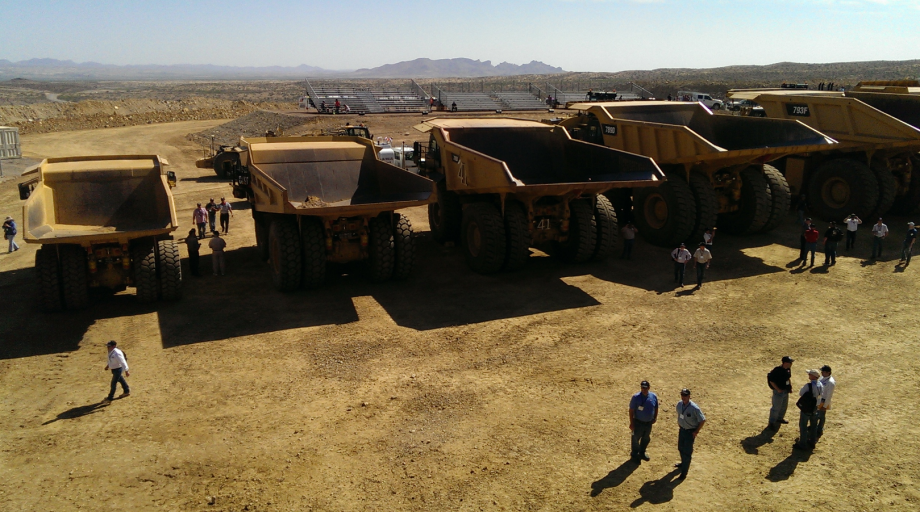
Read also: COP26 will be a colossal mining cop-out
“We see mined commodities as being critical to a successful transition, but supply will have little chance of meeting supercharged demand without concerted efforts to invest in new resources,” Wood Mackenzie’s Metals and Mining vice chair Julian Kettle said, prior to COP26.
“The tone of the COP26 conference reinforced our view that world leaders have little understanding of the supply chain challenges that an accelerated transition could bring,” Kettle said.
To reach net zero by mid-century, hydrocarbons must be replaced with a mixture of green electrons from renewable power, and green molecules – most notably Hydrogen. The focus is understandably on the power and transport sectors that combined contribute almost over 55% of global energy-related emissions, WoodMac points out.
The electrification of transport promises the complete transformation of demand for battery raw materials such as nickel, cobalt, lithium, and graphite. Demand could triple for lithium by 2030, and double for cobalt.
Decarbonising power will require unprecedented quantities of a plethora of mined commodities. Copper is a critical component of the generation and transmission of power and in electric vehicles, along with Aluminium, which is also required for the light-weighting of transport. For the other base metals, lead and zinc, there are positives for future demand too, but the energy transition makes only a modest difference to their fortunes, the firm says.
Rare earth elements will find uses in most power and transport applications, but particularly in permanent magnets for wind turbines, demand for which is already soaring. Runaway demand in the short- and medium-term will, however, come under pressure as internal combustion engine drive trains are increasingly replaced by EVs/hybrids.
There will be opportunities too for noble and steel bulk alloys, such as manganese and niobium, particularly in battery applications, WoodMac says. But the fate of alloy demand will remain firmly in the grip of the steel sector. Fortunately, the COP26 commitment to a ‘just transition’, and economic prosperity, suggests that steel demand will continue to grow modestly, following the broad trends of population growth and urbanisation.
“For bulk commodities, such as iron ore and coal, the implications of COP26 and the energy transition are decidedly mixed. While steel demand looks reasonably solid, decarbonisation will see demand for both iron ore and metallurgical coal fall,” WoodMac vice president Robin Griffin says.
“For met coal, there will, eventually, be a life and death reckoning. Thermal coal would have given anything for the anonymity provided to metals and mined commodities at COP26,” Griffin says. “Firmly in the crosshairs, almost all successful decarbonisation paths lead to a catastrophic fall in demand, although the ambiguity of the ‘phasing down’ of coal offers some succour to be concerned about a cliff-edge to demand.”
“Despite the obvious travails of coal, for most mined commodities the biggest challenge will be ensuring sufficient supply such that the energy transition does not stall just as it gets started,” Kettle says.
“The scale of demand is a problem, but copper and aluminium also personify one of the great paradoxes of the energy transition. They are required in large volumes to help emissions fall but produce significant emissions of their own. Aluminium in particular, being responsible for some 2-3% of global emissions today.”
Little was said about commodity supply chains at COP26.
Read also: UN at COP26: “Enough of mining…we are digging our own graves”
Perhaps the hope is that attempts to release the tsunami of Paris-tied investment will grease the wheels of metals supply, WoodMac notes, addin it is also true that agreements around deforestation, methane and other ESG goals, will act to slow supply.
The UN Secretary General’s comments that mining was akin to ‘..digging our own graves’ does not suggest that the challenge of supply is well understood.




